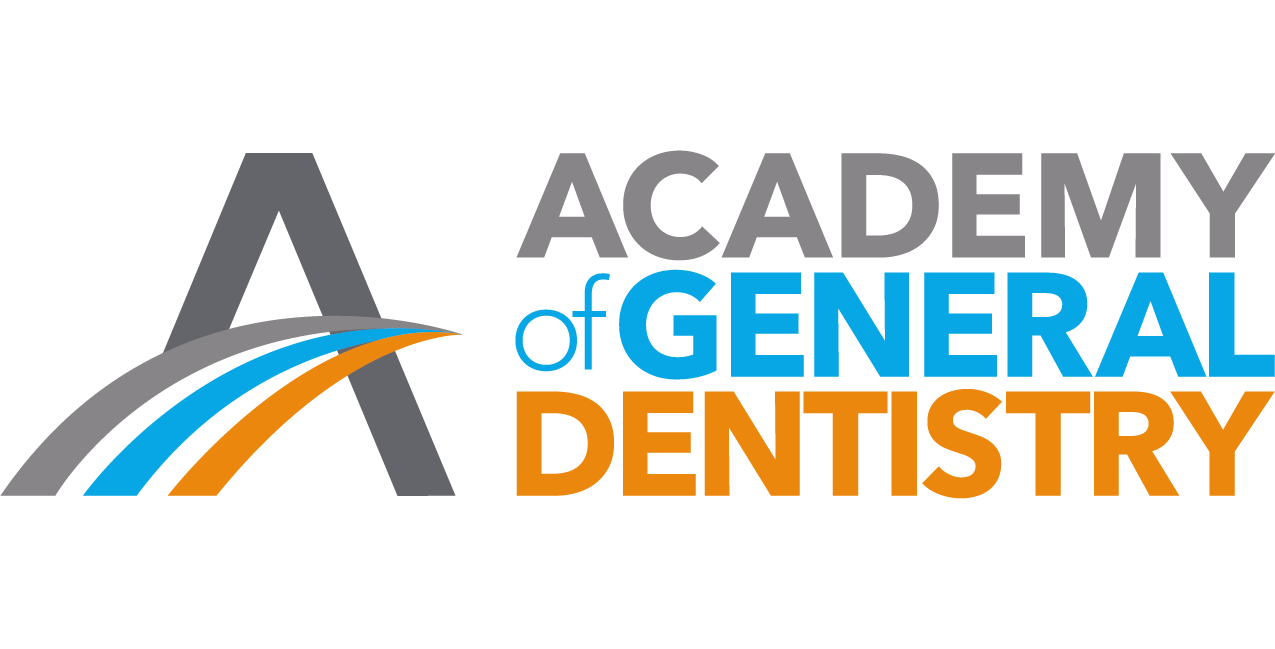Why is SUMMER The Right Time For Kids to Start Braces/Invisalign?
June 11th, 2018

Being a parent myself, I know when September 1st rolls in, my blood pressure rises for all the prep I have to do get the kids ready for school. If you are a parent reading this, you understand the pressure. We seldom stop to think the pressure on kids during the start of the school year, new teachers, new classroom and may be new friends. Now imagine going back for your first day and along with new friends you have a mouth full of braces. Not that braces have negative connotation anymore but still, wouldn’t you want to make it easier for your child to transition into their first day of school. Here are some good reasons to start braces/Invisalign in the summer:
1. Scheduling: Without hectic school schedules, sports events, and extracurricular activities, the lazy days of summer are an ideal time to make orthodontic appointments. The day braces/Invisaligns go on is a 1.5 hour appointment and usually a child will have to miss school for this appointmnent. In the summer you don’t have to worry about missing school. Getting braces for your child usually takes at least three appointments: a consultation, the installation, and a follow-up visit.
2. Comfort: Braces/Invisalign can be uncomfortable at first, and often require some getting used to. Getting over the initial discomfort will be easier for your child if they can relax at home rather than dealing with an aching mouth at school. Eating soft foods at first may make the transition to braces easier, while certain sticky, hard, or crunchy foods will have to be avoided all together.
3. Cleaning: Your child will not only have to get used to eating with braces on, but they also must learn to be vigilant about cleaning them. You may want to get them an interdental brush and a soft toothbrush with slim bristles, which can squeeze into the spaces between teeth and around braces more easily. You can do all that easier in the summer with flexible days.
Get Ready for YETI Sweepstakes!
June 4th, 2018
What Should I do If My Child Is Sucking His/Her Thumb?
May 11th, 2018

The habit of thumb sucking can be a nightmare for most parents but it is comforting and calming for the child. Your child probably practiced this habit while in the womb and perfected it as an infant.
Should you be worried? Should you get medical help? According to the American Academy of Pediatric Dentisrty, most children will stop sucking their thumb between the ages of 2 and 4. If the habit is discontinued by age 4, most children will not develop damaging concerns for their teeth or jaws until their permanent teeth begin to appear. Having said that, it is always easier to eliminate this habit when kids are younger and the habit has not become a norm for them.

The type of thumb sucking is also critical. If your child only places the thumb in his/her mouth passively, there is less damage to teeth and jaws versus if they were aggressively sucking the thumb causing a negative pressure leading to narrowing of the upper jaw. The consequences of this habit continuing into age 5 and 6 will be flared upper front teeth and/or these teeth not coming into proper position due to the constant presence of the thumb. If your child is still sucking after age 4, it is time to consider taking action

How do I help as a parent? If you identify the time your child is most likely to such his/her thumb (sleeping, watching television, etc.) consider distracting them with a substitute activity, such as rubber ball to squeeze or a water bottle to hold on to when watching television, holding a stuff animal while going to sleep, etc. The key is to notice when and where sucking occurs and to try to divert her/his attention by offering an alternative. Praising and positive reinforcement works better than scolding. Children often suck their thumb when feeling insecure or anxious. Focus on correcting the cause of the anxiety and provide comfort to your child. If the child is older than age 5, although it becomes harder to eliminate the habit but at this age you can involve the child in actively coming up with a plan to stop the habit as a family.
What Is The Right Age To See The Orthodontist?
April 11th, 2018

Most people associate orthodontics with teenagers, because most orthodontic treatment begins between ages 10 and 14. That being true, there is an optimal age earlier than age 10, when you should take your child to see an Orthodontist for an evaluation. The American Association of Orthodontists (AAO) recommends that the optimal age for an initial orthodontic evaluation is either at the first sign of orthodontic problems or no later than age 7.
Why is Age 7 OPTIMAL?
At the age 7, most children have a mix of adult and baby teeth, allowing an orthodontist to spot subtle problems with jaw growth and emerging teeth, while some of the baby teeth are still present. To have a smile that is good for life, your child needs teeth and jaws that are aligned properly, i.e. a healthy bite. When a child is 7, the first adult molars erupt, establishing the back bite. During this time an orthodontist can evaluate front-to-back and side-to- side tooth relationships. For example, the presence of erupting incisors can indicate possible overbite, open bite, or gummy smiles. Timely screening increases the chances for an incredible smile. Although early diagnosis of orthodontic problems is encouraged, treatment may not be necessary, but vigilant examination can anticipate the most advantageous time to begin treatment. Usually the child is placed on a recall protocol to monitor jaw growth and emerging teeth.
What to look for?
When your child is 7 years old, you should start looking for the following clues that may indicate the need for an orthodontic evaluation. Teeth that look straight may be hiding a problem bite.
- Early or late loss of baby teeth
- Difficulty in chewing or biting
- Thumb-sucking or any other habits
- Crowded, misplaced or blocked-out teeth
- Jaws that are too far forward or back
- Biting the cheek or biting into the roof of the mouth
- Protruding teeth
- An unbalanced facial appearance








